
Jeremy Roffman recently graduated with his M.Sc. from the Department of Earth and Planetary Sciences. He studied ice sheets and sea level change under the supervision of Prof. Natalya Gomez.
Significance: Coastal adaptation in the near future relies on accurate predictions of sea level change. This study demonstrates that it is necessary to include spatial and temporal dimensionality in 21st century sea level projections in order to fully capture the risk posed to global coastlines by mass loss from the Greenland and Antarctic ice sheets.
The melting of polar ice sheets is rapidly becoming the dominant contributor to future sea level changes. Sea level is commonly described as a uniform rise across all the world’s oceans. In reality, however, the geographic pattern of ice mass loss across the Greenland and Antarctic Ice Sheets produces a unique, spatially non-uniform pattern of sea level change. The pattern of sea level change will also evolve temporally, along with the acceleration of ice mass loss or gain in some areas of the ice sheets, and with changes in the location of ice mass changes.
A challenge currently facing researchers is the wide range of ice sheet models, whose predictions of the future of the Greenland and Antarctic Ice Sheets differ significantly. In turn, the sea level predictions associated with each ice sheet model projection will also vary widely. In a new study by master’s student Jeremy Roffman et al., authors calculate the spatially and temporally varying patterns of sea-level change that would arise from end-member Antarctic Ice Sheet evolution scenarios selected from the state-of-the-art ISMIP6 ice sheet model ensemble. The authors quantify the uncertainty in future sea level changes implied by the ensemble. By including temporal dimensionality in their projections, the authors show, for the first time, that sea-level rise along coastlines closest to the ice sheets may exceed the global average sea-level change early in the 21st century than in 2100, when sea level rise is most commonly reported in the literature. The study suggests that predictions of sea level change should take into consideration the full range of possible ice sheet evolution scenarios.
Citation: J. Roffman, N. Gomez, H.K Han, M. Yousefi, & S. Nowicki, Spatial and temporal variability of 21st century sea level changes, Geophysical Journal International, Volume 235, Issue 1, October 2023, Pages 342–352, https://doi.org/10.1093/gji/ggad170
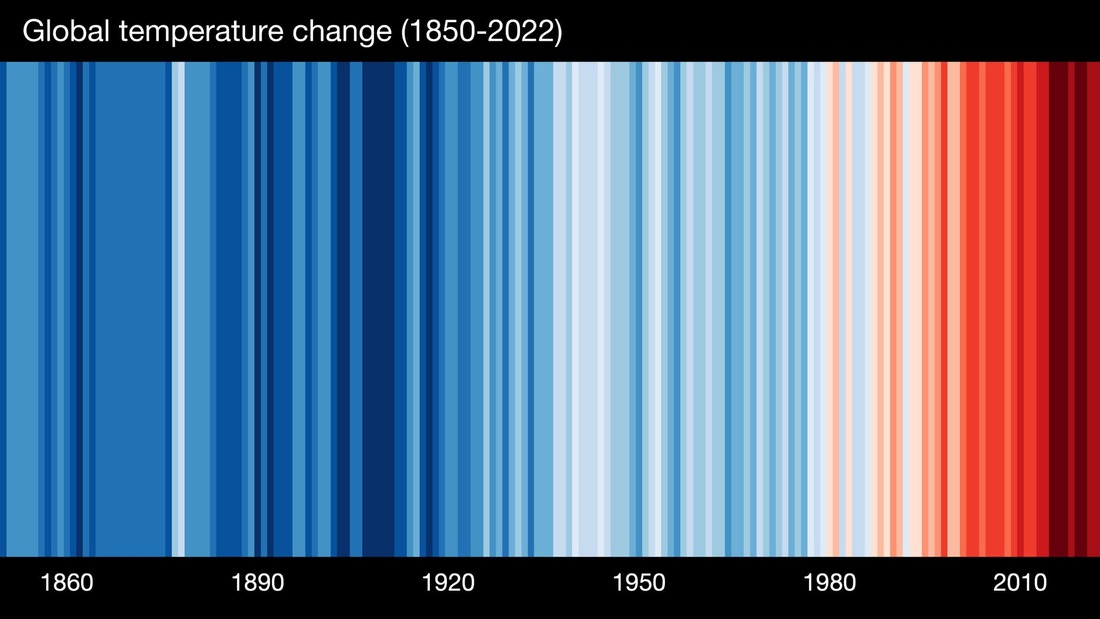
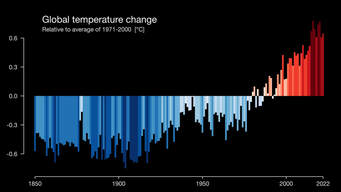
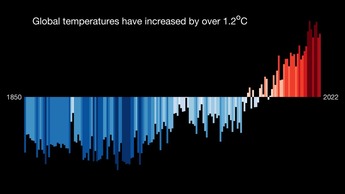
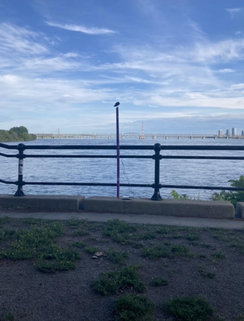
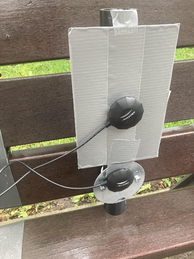
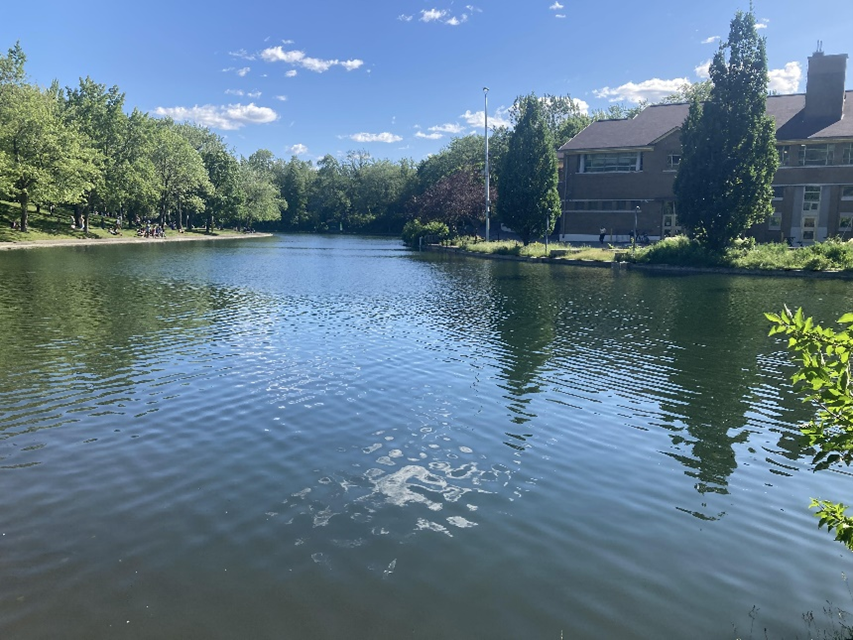
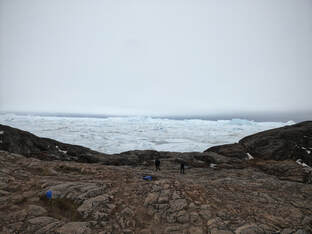
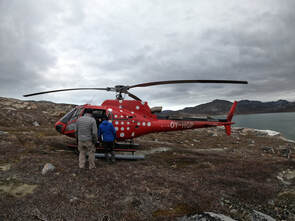
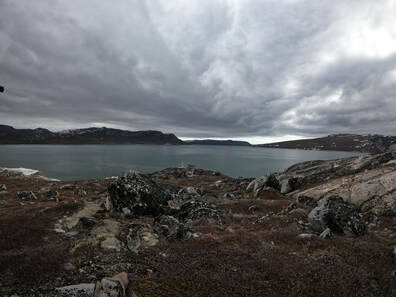
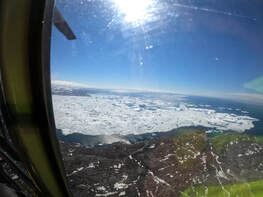
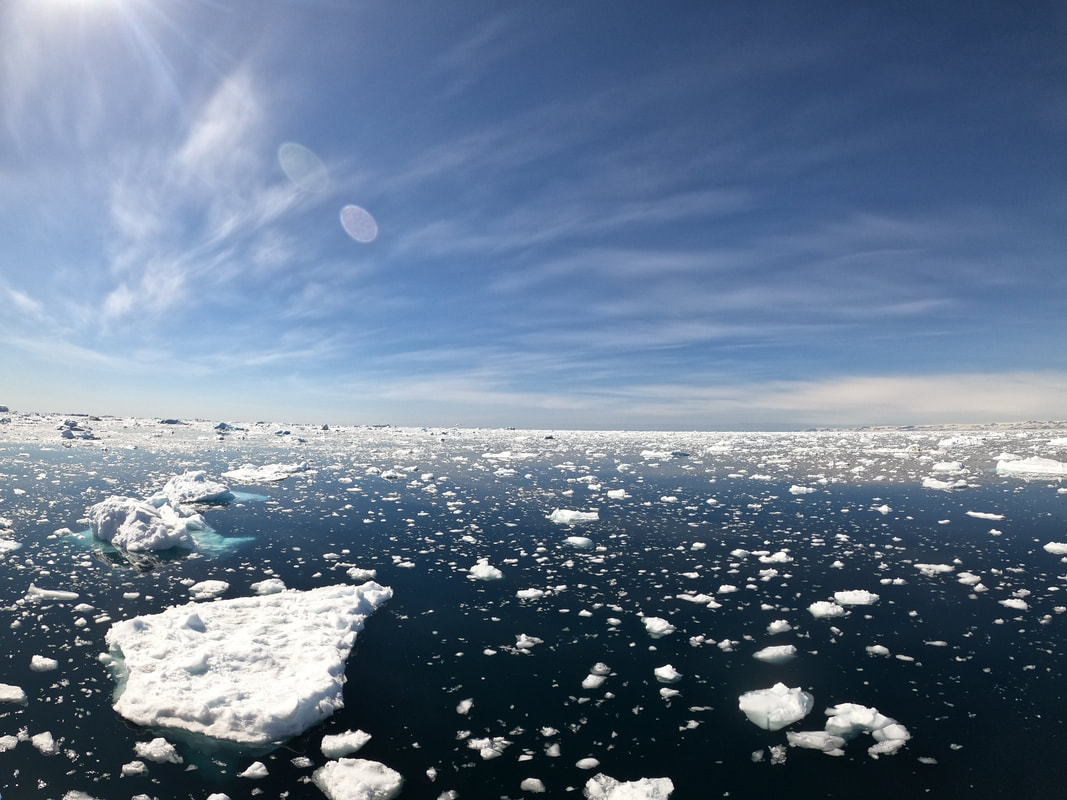
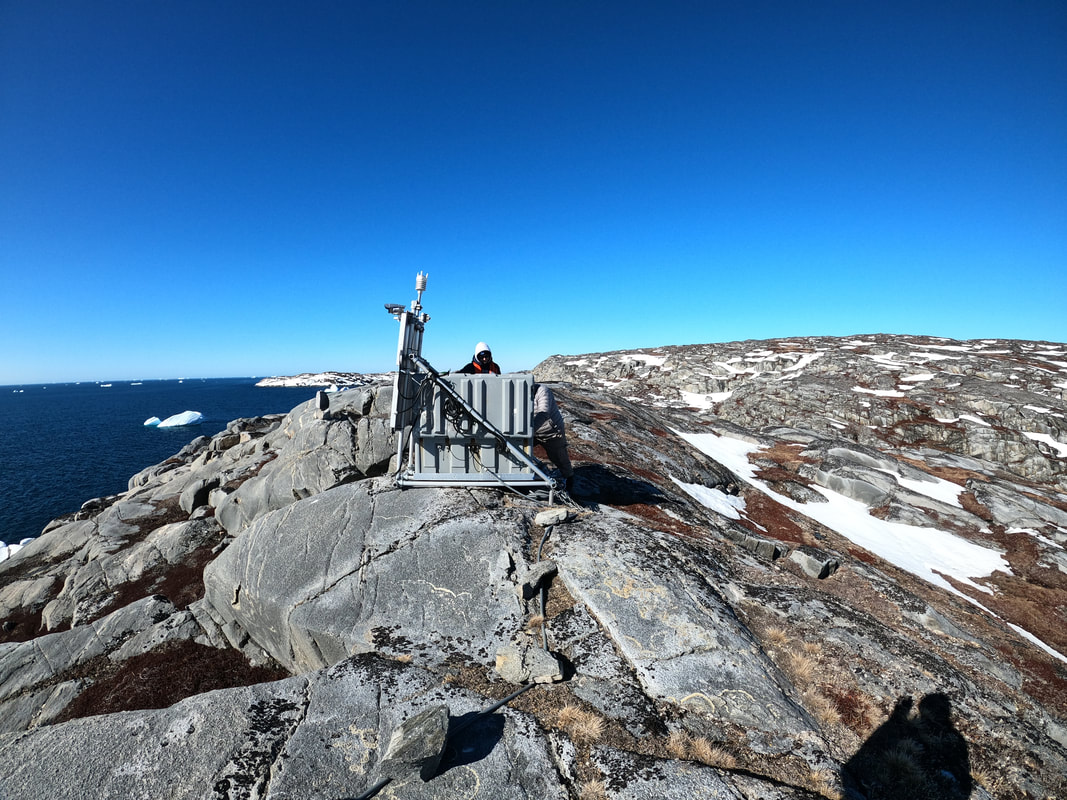
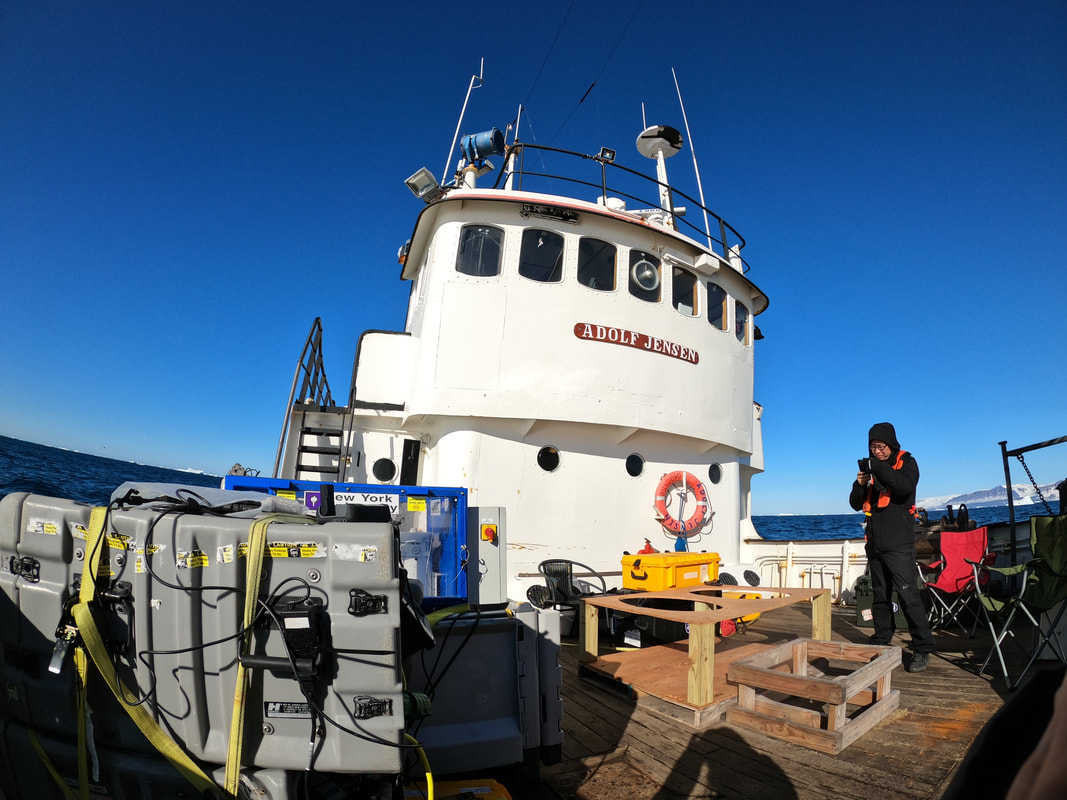
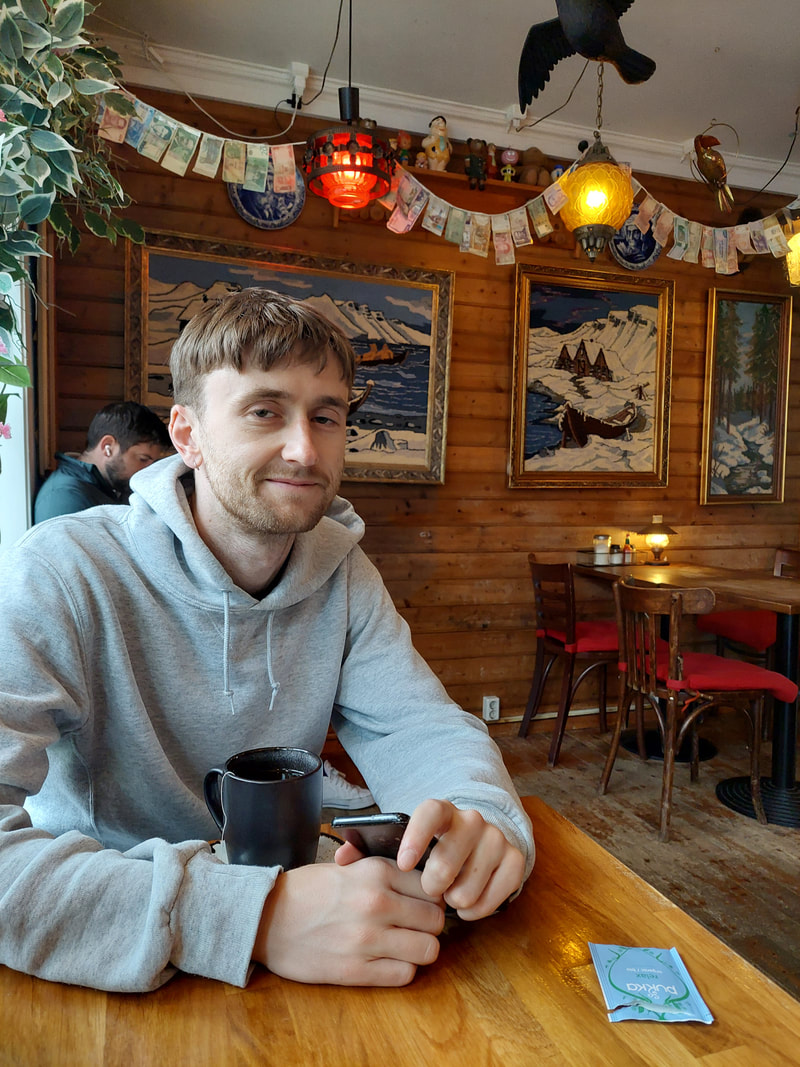
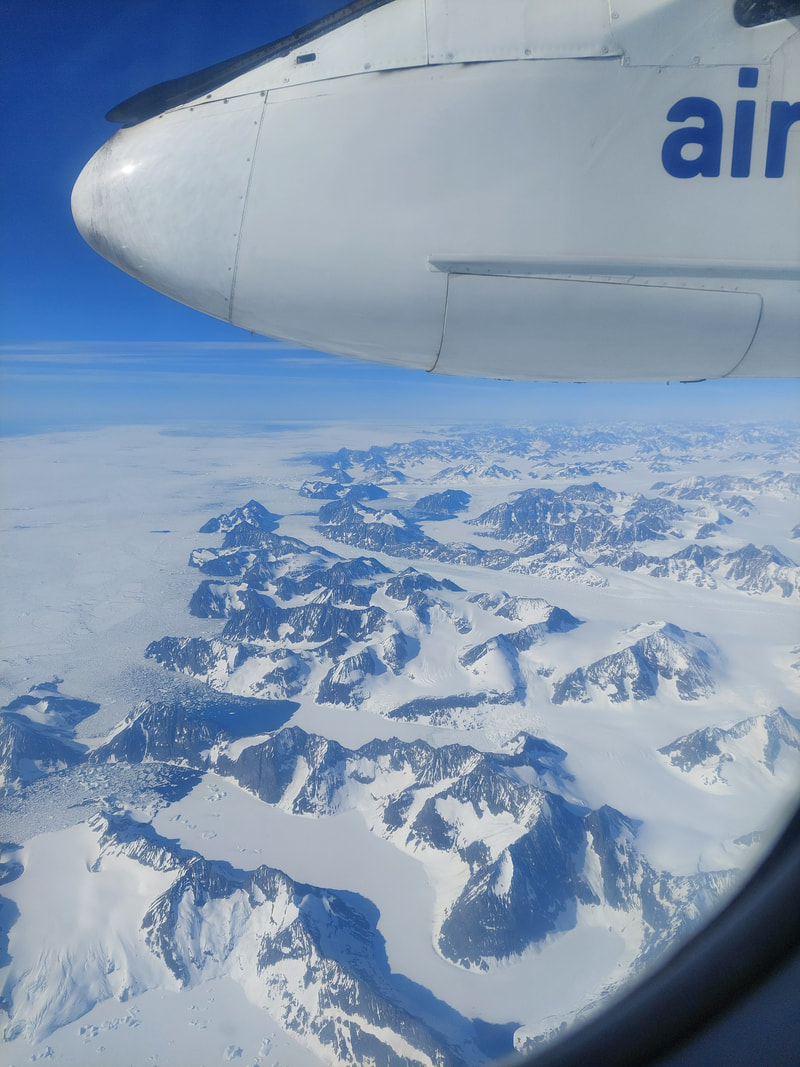
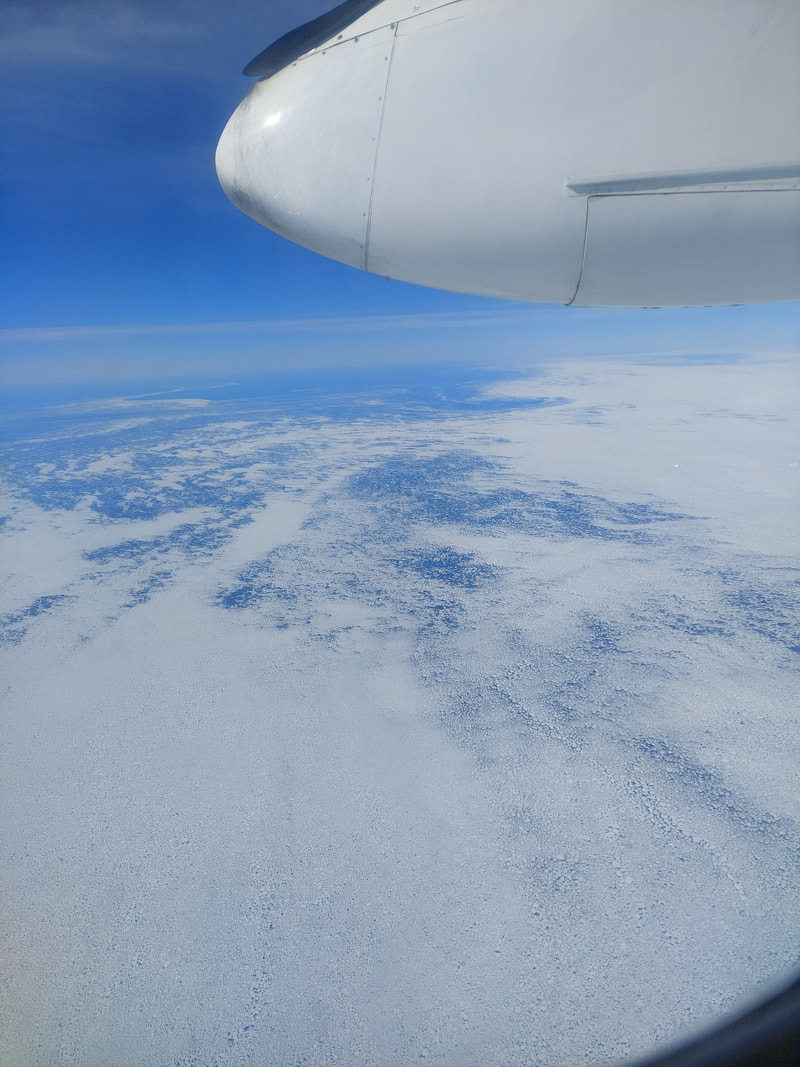
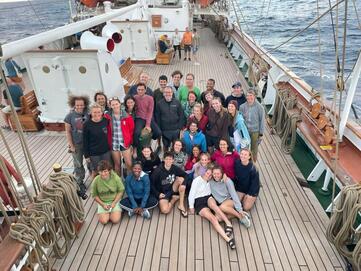
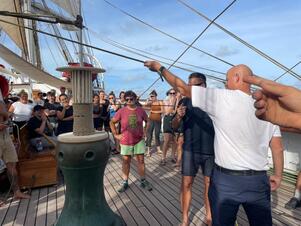
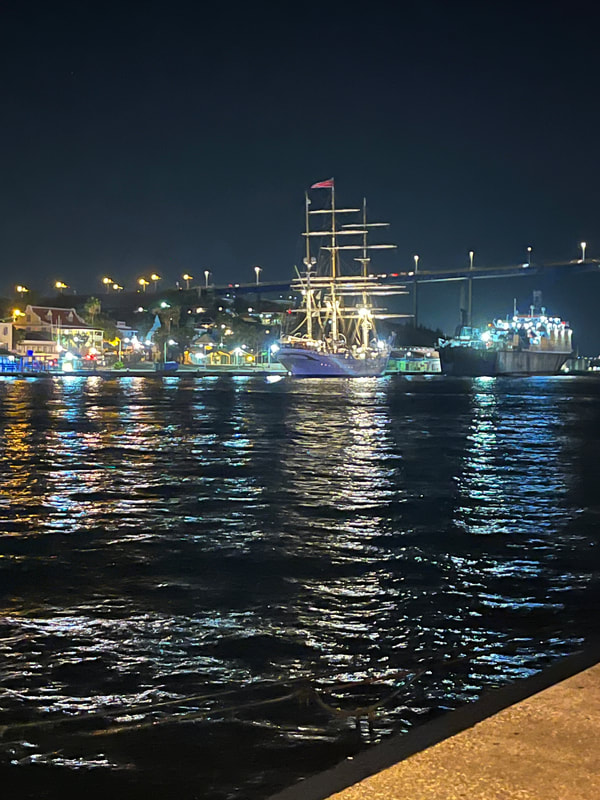
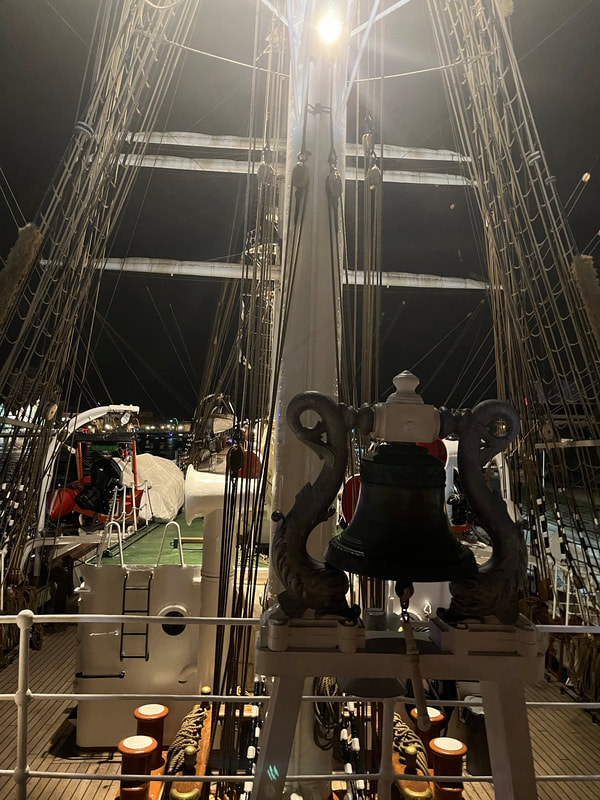
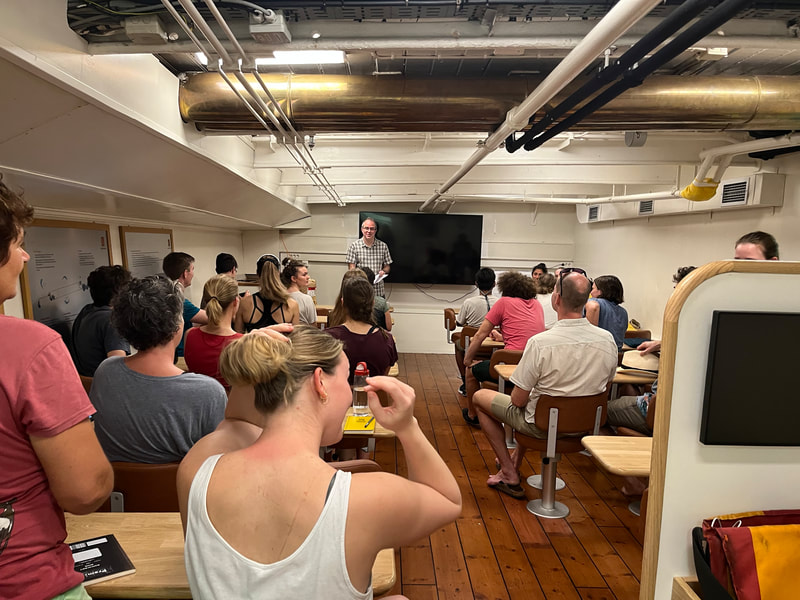

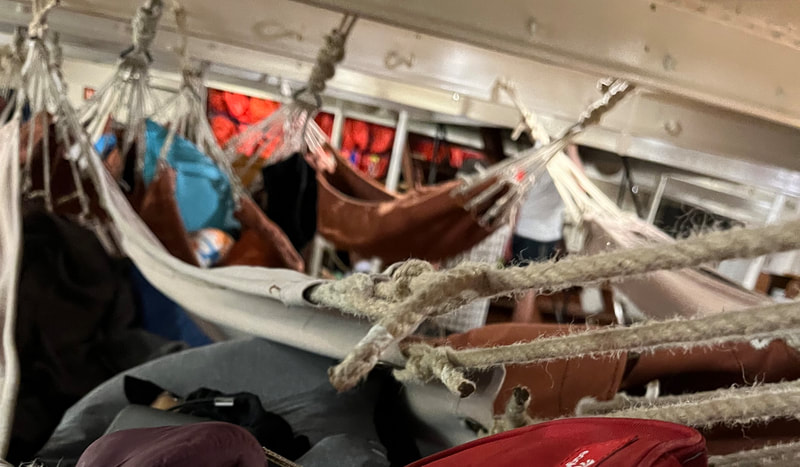
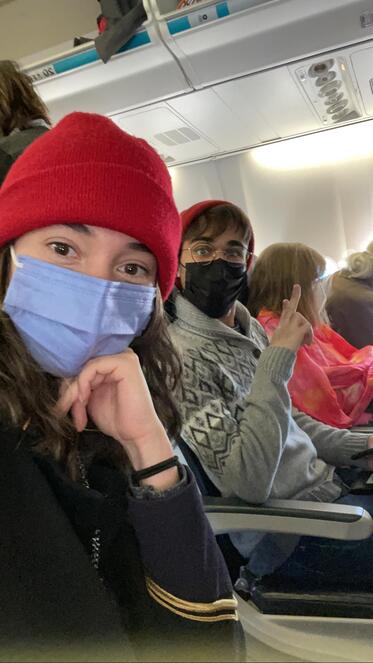
 RSS Feed
RSS Feed